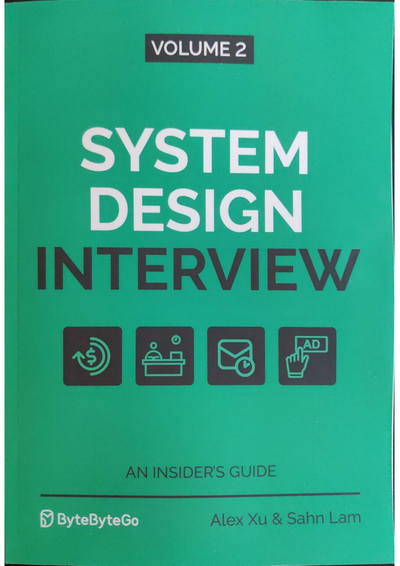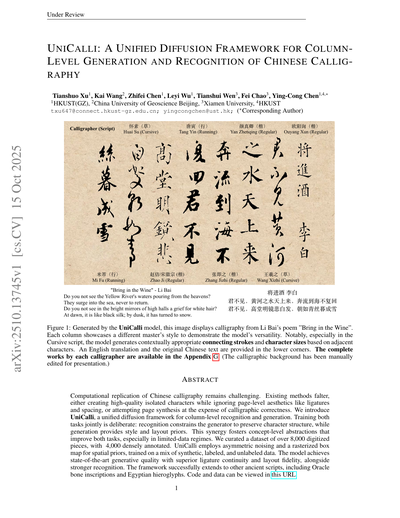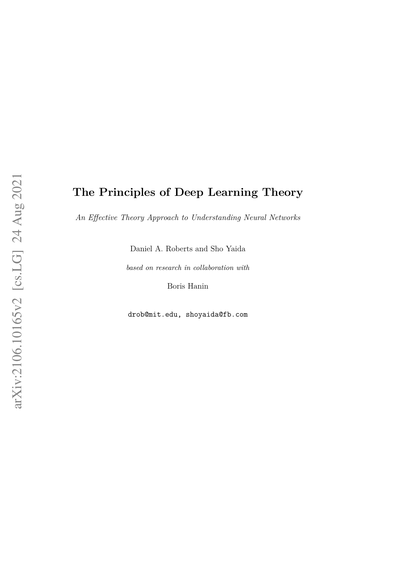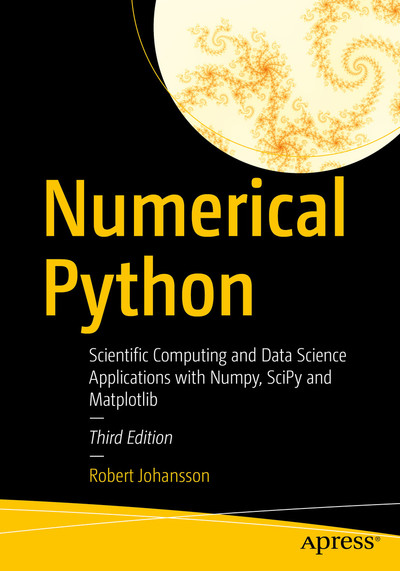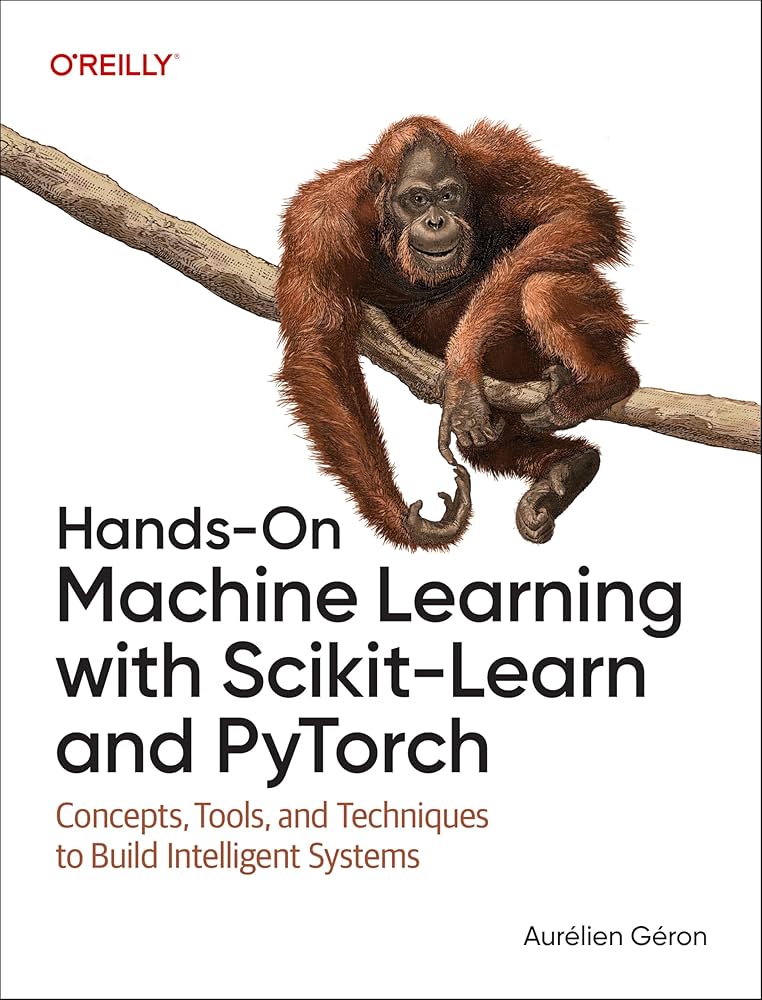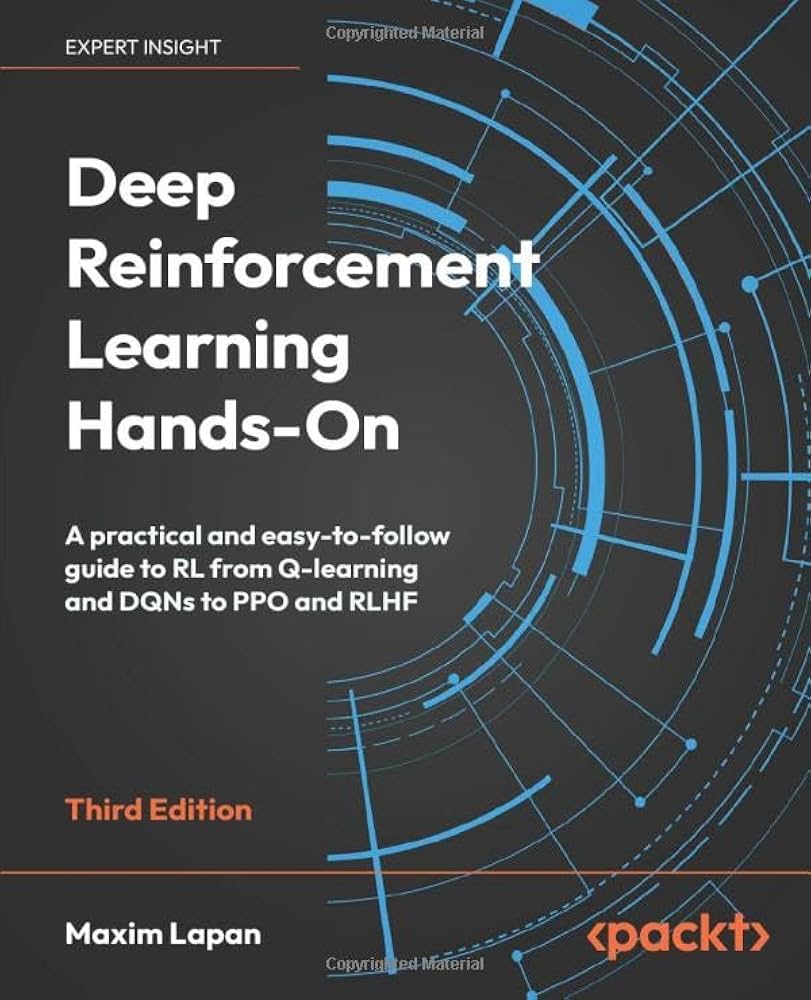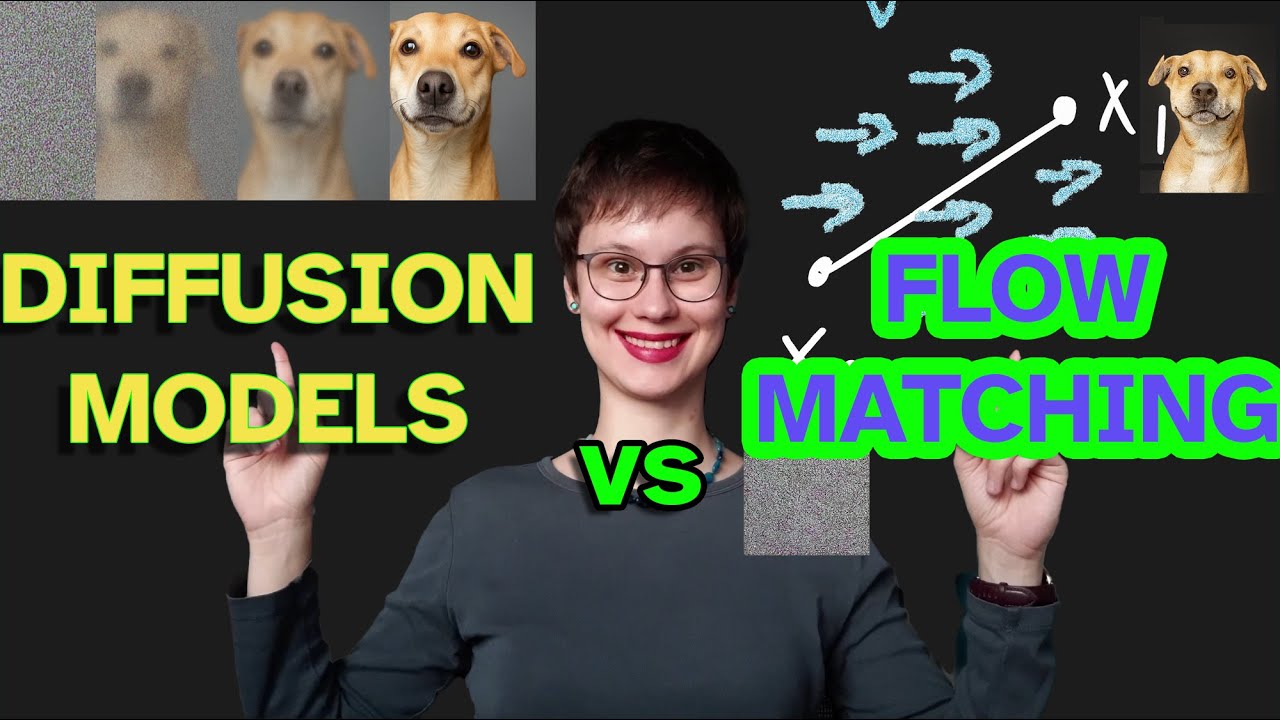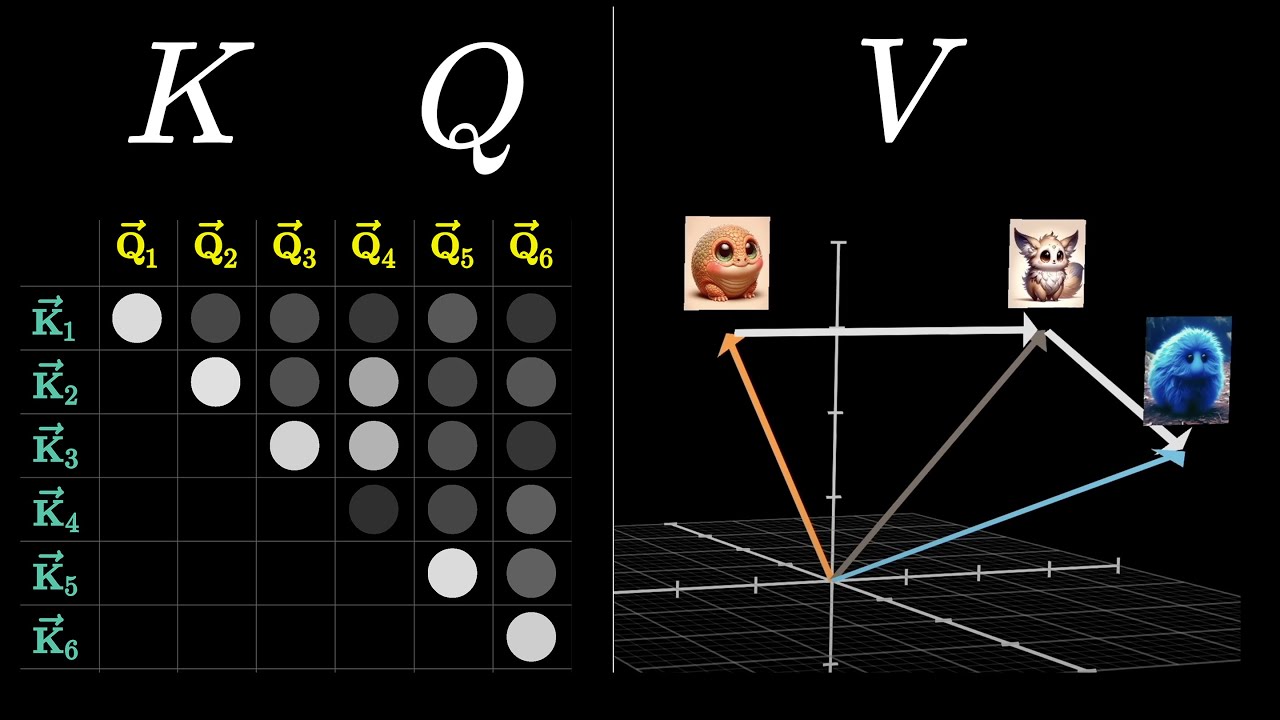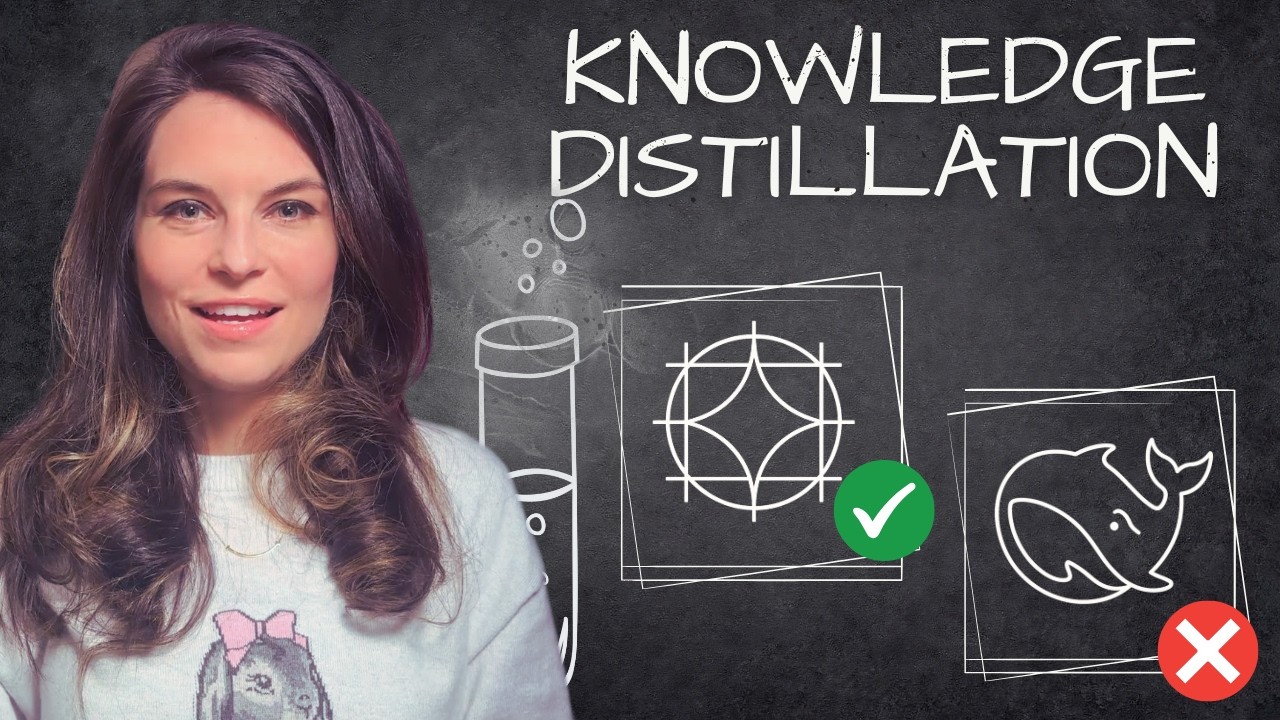
Online Workshop Every Week
Join our free weekly interactive learning sessions.
Master AI/ML with instant feedback and personalized learning
"Cogito, ergo sum" (I think, therefore I am)
— René Descartes

Free Problems
Chapter 05 - Numeric Python
This problem set covers key concepts from Chapter 5 on Equation Solving, including linear equation systems, matrix properties, eigenvalue problems, and nonlinear equation solving using both symbolic (SymPy) and numerical (SciPy) approaches. The problems progress from basic concepts to advanced applications, testing your understanding of both theoretical foundations and practical implementations.
27 pts
Medium
102
linear-algebra
matrix-rank
square-systems
+7
Chapter 04 - Numeric Python
This problem set covers key concepts from Chapter 4: Plotting and Visualization, focusing on Matplotlib fundamentals, figure and axes management, plot customization, and advanced visualization techniques. The problems progress from basic concepts to advanced applications, testing your understanding of Matplotlib's object-oriented API, plot types, axis customization, and 3D visualization.
30 pts
Medium
95
matplotlib
api
object-oriented
+7
Chapter 03 - Numeric Python
This problem set covers key concepts from Chapter 3: Symbolic Computing with SymPy. The problems test understanding of symbolic mathematics, expression manipulation, calculus operations, and linear algebra using SymPy. Questions progress from basic symbol creation to advanced analytical computations.
26 pts
Easy
101
symbolic-computing
sympy
symbol-creation
+7
Chapter 01 - Numeric Python
This problem set covers key concepts from Chapter 1: Introduction to Computing with Python. The problems test understanding of Python environments, IPython features, Jupyter Notebook functionality, and the scientific computing ecosystem. Questions progress from basic concepts to advanced applications of the tools discussed in the chapter.
23 pts
Medium
102
programming-languages
trade-offs
development-time
+7
Chapter 10 - GPU Programming with C++ and CUDA
This problem set covers key concepts from Chapter 10: Exploring Existing GPU Models. The chapter discusses using GPU libraries like cuBLAS and Thrust, deciding when to write custom kernels, strategies for moving sequential code to GPU, and testing approaches using GTest and Pytest. These problems test your understanding of library usage, performance considerations, and testing methodologies in GPU programming.
29 pts
Medium
103
cublas
matrix-multiplication
memory-layout
+7
Chapter 09 - GPU Programming with C++ and CUDA
This problem set covers key concepts from Chapter 9: "Exposing Your Code to Python" about integrating GPU-accelerated C++ libraries with Python. The problems test understanding of ctypes, Python extensions, memory management, performance considerations, and practical implementation details for bridging C++/CUDA code with Python.
30 pts
Medium
98
python-integration
gpu-programming
ctypes
+7
Premium Problems
Knowledge Graphs
USA AI Olympiad
Explore competitive programming and AI contest preparation concepts
Grade 5 Math
Discover elementary mathematics concepts and learning paths
Featured PDFs
View All PDFsSystem Design Interview: An Insider's Guide Volume 2
116 questions
348 pts
System Design Interview: An Insider's Guide
108 questions
317 pts
UNICALLI: A UNIFIED DIFFUSION FRAMEWORK FOR COLUMN-LEVEL GENERATION AND RECOGNITION OF CHINESE CALLIGRAPHY
10 questions
38 pts
The Principles of Deep Learning Theory
107 questions
418 pts
Featured Books
View All BooksAcing the System Design Interview
153 questions
456 pts
Numerical Python: Scientific Computing and Data Science Applications with Numpy, SciPy and Matplotlib
190 questions
543 pts
Hands-On Machine Learning with Scikit-Learn and PyTorch
200 questions
554 pts
Deep Reinforcement Learning Hands-On - Third Edition
222 questions
720 pts
Featured Videos
View All VideosFlow-Matching vs Diffusion Models explained side by side
10 questions
29 pts
Attention in transformers, step-by-step | Deep Learning Chapter 6
10 questions
30 pts
Knowledge Distillation: How LLMs train each other
10 questions
27 pts
Diffusion Model
10 questions
32 pts
Popular Topics
machine learning
56
deep learning
40
neural networks
35
reinforcement learning
33
system-design
28
grade5
27
optimization
14
large language models
13
attention mechanisms
13
combinatorics
13
system-architecture
13
natural language processing
12
aime problems
12
Number Sense
12
scalability
11
beginner
10
number theory
10
performance
10
transformers
9
capacity-planning
9
Click on any tag to filter problems by that topic
